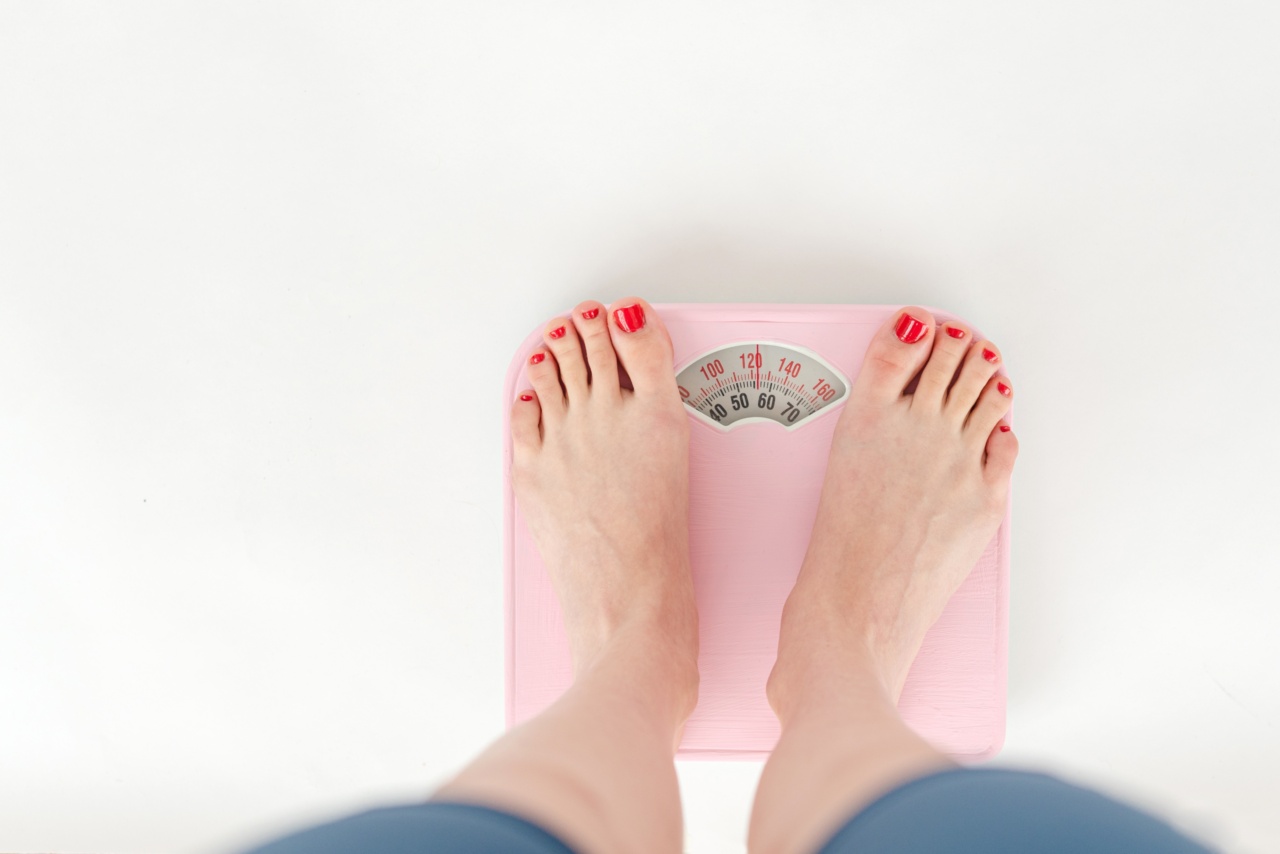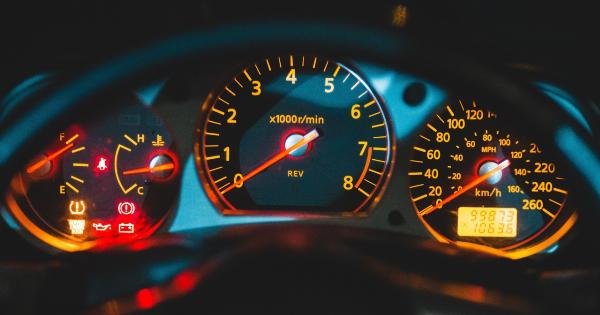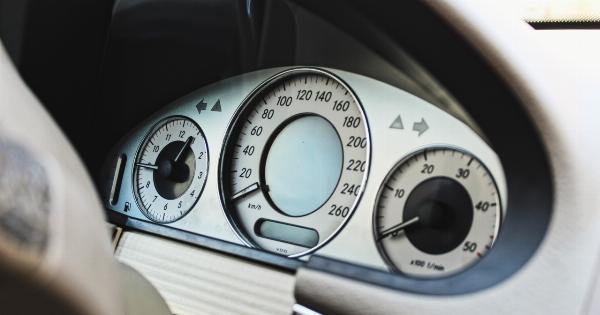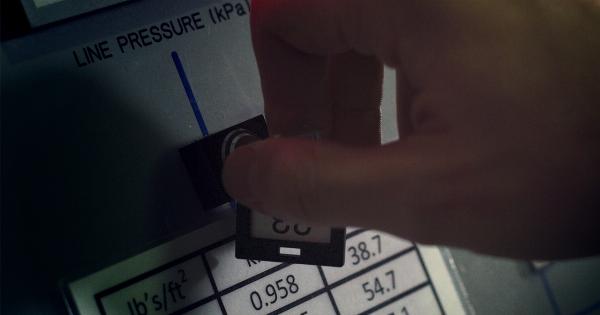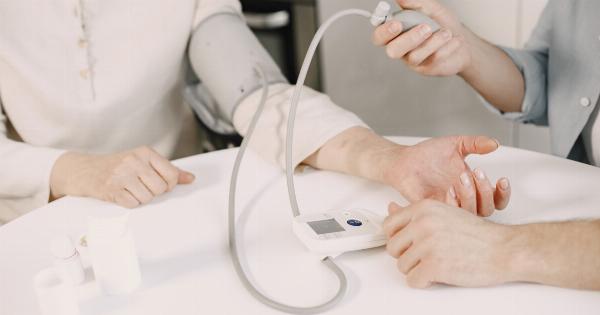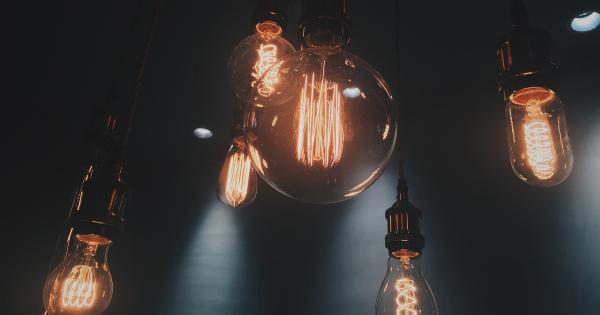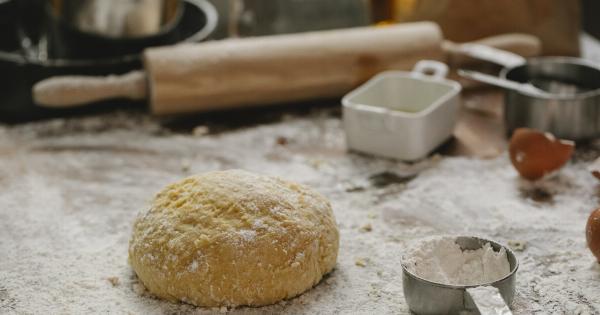Pressure measurement is a crucial process in many industries, including automotive, aviation, oil and gas, and manufacturing. Accurate pressure measurement is essential for ensuring safety, reliability, and performance of equipment and processes.
In this article, we will discuss the different types of pressure and the methods to measure them accurately.
Types of Pressure
Pressure is defined as the force exerted per unit area. Pressure can be classified into three types:.
Absolute Pressure
Absolute pressure is the pressure of a fluid relative to a perfect vacuum. It is expressed in units of Pascal (Pa) or pounds per square inch (psi).
Absolute pressure is used in applications where a reference pressure is required, such as in vacuum systems.
Gauge Pressure
Gauge pressure measures the pressure of a fluid relative to the atmospheric pressure. It is commonly used in applications where the atmospheric pressure is stable, such as in tire pressure gauges.
Gauge pressure is also expressed in units of Pascal or psi.
Differential Pressure
Differential pressure is the difference between two pressure readings. It is commonly used in flow measurement applications, where the pressure drop across a flow restriction is measured. Differential pressure is expressed in units of Pascal or psi.
Measuring Pressure
There are several methods to measure pressure accurately. The choice of method depends on the type of pressure and the application requirements. In this section, we will discuss some of the common methods of pressure measurement.
Mechanical Pressure Gauges
Mechanical pressure gauges use a physical mechanism, such as a bourdon tube or a diaphragm, to convert the pressure into a mechanical motion, which can be read by a calibrated scale.
Mechanical pressure gauges are reliable and accurate, and they are suitable for a wide range of applications. However, they are sensitive to shock, vibration, and temperature changes, which can affect their accuracy.
Electrical Pressure Sensors
Electrical pressure sensors use a sensing element, such as a piezoelectric crystal or a strain gauge, to convert the pressure into an electrical signal, which can be read by a digital display or a computer.
Electrical pressure sensors are highly accurate and reliable, and they are suitable for high-performance applications. They can also be integrated with other sensors and control systems for automated processes.
Ultrasonic Pressure Transducers
Ultrasonic pressure transducers use sound waves to measure pressure. They emit an ultrasonic signal that travels through the fluid, and they measure the time it takes for the signal to return to the transducer.
The time difference is proportional to the pressure. Ultrasonic pressure transducers are non-invasive and highly accurate, and they are suitable for applications where contact with the fluid is undesirable.
Optical Pressure Sensors
Optical pressure sensors use light to measure pressure. They use a sensing element, such as a fiber optic or a Fabry-Perot interferometer, to detect changes in the refractive index of the fluid. The refractive index is proportional to the pressure.
Optical pressure sensors are highly accurate and reliable, and they are suitable for applications where high temperatures, corrosive environments, or electromagnetic interference can affect other types of sensors.
Calibration of Pressure Sensors
Calibration is the process of verifying the accuracy of a pressure sensor by comparing its output to a reference standard. Calibration is crucial for ensuring the reliability and accuracy of pressure measurements.
Pressure sensors can drift over time due to aging, environmental factors, or mechanical stress. Regular calibration can identify and correct any deviations from the reference standard.
Conclusion
Pressure measurement is a critical process in many industries, and accurate pressure measurement is essential for ensuring safety, reliability, and performance.
There are several methods to measure pressure accurately, including mechanical pressure gauges, electrical pressure sensors, ultrasonic pressure transducers, and optical pressure sensors. The choice of method depends on the type of pressure and the application requirements. Calibration is crucial for maintaining the accuracy and reliability of pressure measurements.
